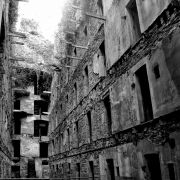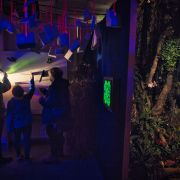Cardinham is situated on the sout eastern fringe of Bodmin Moor, where it drops away to form the wooded Glynn Valley just north east of Bodmin.
The village itself is pretty enough with an attractive church dedicated to St Meubred, an unfortunate Irish missionary who ended up being executed in Rome. During World War II the church was damaged by stray bombs probably intended for nearby Bodmin. However, there are still medieval carved bench ends and interesting memorials inside and perhaps more notably 2 exceptional examples of Cornish crosses in the churchyard.
Cardinham is thought to have got its name from the Cornish ker-dinas, both words meaning fort. Although it has also been suggested it might have been a family name. Whatever the case, there was a Cardinham Castle, but sadly, all that is left now is the earthwork mound of what was once a motte and bailey castle. It is thought that the castle was built by the Sheriff of Cornwall shortly after the Norman invasion in 1066, around about the same time Launceston Castle and Restormel Castle were built. The site of the castle is on privately owned land and the permission of the landowner must be sought before visiting
Cardinham Woods are 650 acres of woodland maintained by the Forestry Commission. There are plenty of walking routes and cycle tracks throughout the woods, but the terrain can be fairly challenging due to the steep valley sides in places.
Cardinham is also home to a small airfield usually referred to as Bodmin Airfield.





